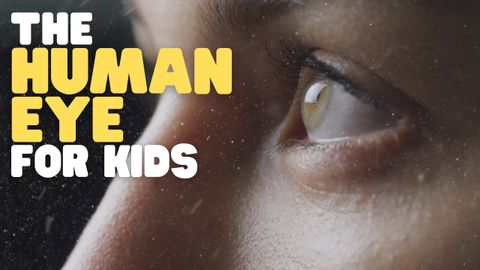子供のための人間の目|なぜ目が見えるのか、どのようにして見えるのかを学ぶ (The Human Eye for Kids | Learn why and how eyes allow us to see)
Beyond Wu が 2024 年 07 月 16 日 に投稿  この条件に一致する単語はありません
この条件に一致する単語はありませんUS /ɪk'strimlɪ/
・
UK /ɪkˈstri:mli/
US /məˈtɪriəl/
・
UK /məˈtɪəriəl/
- n. (c./u.)衣料;原材料;原料
- adj.関連な,重要な;世俗的な : 物質的な : 物質でできた
- v.t./i.空中で回転する;素早く(さっと)動く;スイッチの切り替えをする;ひっくり返す;転売する
- n.回転;動かすこと;フリップ
- adj.軽薄な
US /ˈplɛnti/
・
UK /'plentɪ/
- pron.たくさん(のもの) : 多量 : 多数 : 豊富さ
- n. (u.)たくさん : 豊富;たくさん
- adv.十分に
- adj.たくさんの
エネルギーを使用
すべての単語を解除
発音・解説・フィルター機能を解除
